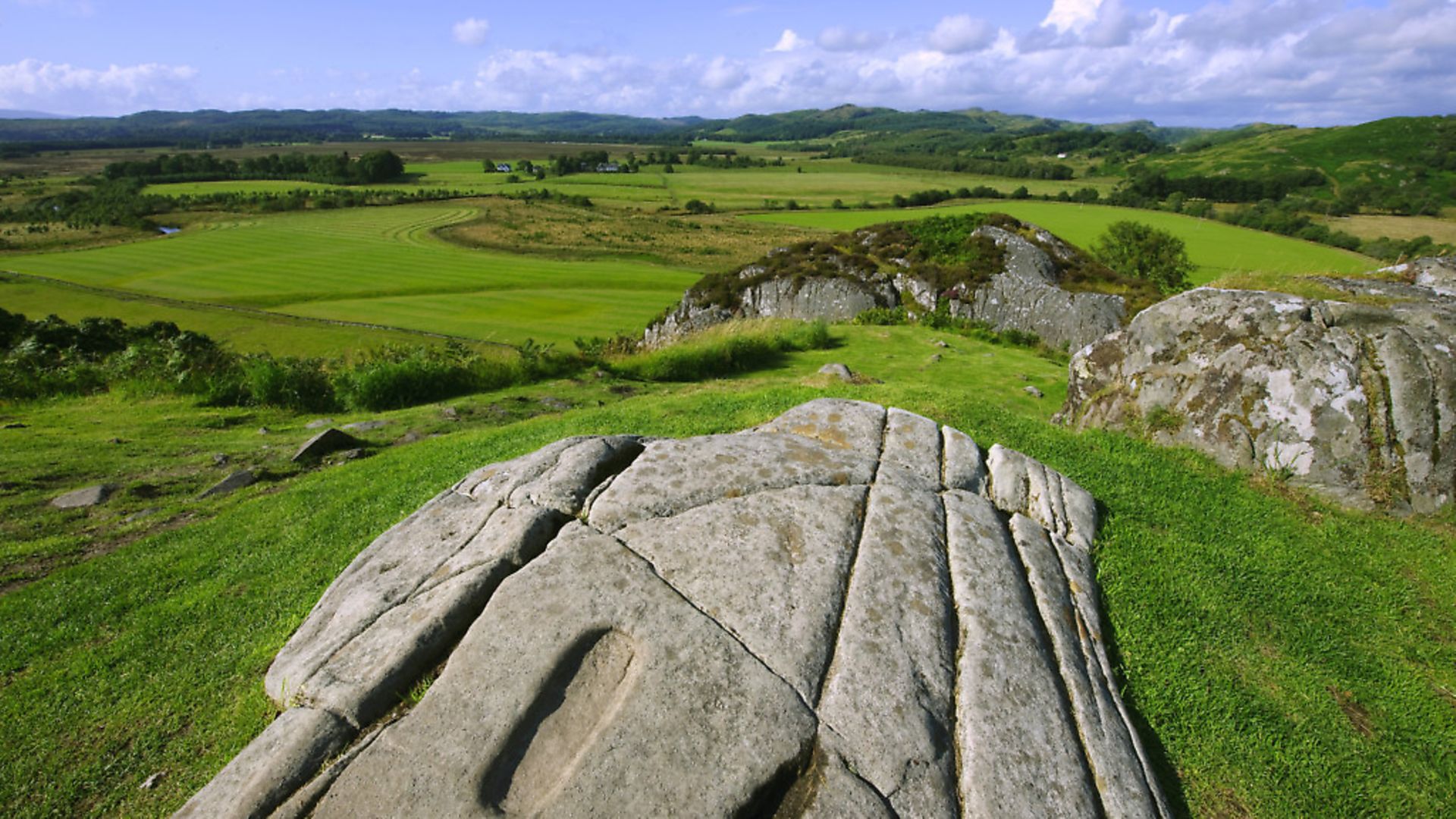
PETER TRUDGILL on some expansionist chapters in the island’s history
It is not usual to think of the Irish as being colonialists. On the contrary, we know a great deal about how the island of Ireland has suffered from the effects of colonialism on the part of the Vikings, the English, the Scots, and the British. And with the current political division of the island into the Republic of Ireland and Northern Ireland, we are still living with the consequences of British colonialism today. The results of these experiences of colonialism are also apparent from the fact that the Irish Gaelic language has been replaced as a mother tongue on the island by English.
But there is also an interesting history of the Irish themselves acting as colonisers, and for this, too, we have considerable linguistic evidence.
Until relatively recently, the main language of the Scottish Highlands and Hebridean Islands was, and had been for very many centuries, Gaelic; and this language still survives quite strongly in some areas, especially on the Isle of Skye and in the Outer Hebrides. The BBC TV channel Alba broadcasts in Gaelic, as does BBC Radio nan Gàidheal.
But Gaelic was not originally a Scottish language. Like English, it was a colonial intruder. Its original homeland was in Ireland. Gaelic appeared in Scotland only when colonists from Ireland started heading eastwards across the Irish Sea and settling in Argyll on the Scottish west coast, founding the kingdom of Dál Riata, which had its original centre at the hill-fort of Dunadd, near Lochgilphead. The kingdom also included parts of County Antrim on the Irish side of the channel between Scotland and Ireland.
Between about 400 AD and 800 AD, these Irish colonialists gradually spread out across the whole of central and northern Scotland, replacing or absorbing the indigenous people and killing off their language.
The Gaelic-speaking Irish invaders were known to the Ancient Britons as the ‘Scots’, while the indigenous people were known to the Romans as the ‘Picti’, possibly from the Latin word pictus, ‘painted – in English, the Picts.
The Picts spoke a variety of the same Brittonic Celtic language which was the ancestor of Modern Welsh, but they had come to be thought of as being a different ethnic group from the Britons south of Hadrian’s Wall.
The Romano-Britons of the south had been citizens of the Roman Empire for 400 years and had developed a culture which was to a certain extent Romanised. The Britons north of the Wall, the Picts, had not.
Pictish culture and language in Scotland were destroyed as a result of Irish colonisation. The same thing happened on the Isle of Man, which had originally also been Brittonic speaking. Large-scale migration from Ireland totally changed the culture of Man, and the language of the island became, not Welsh, but Manx Gaelic.
There is also evidence of Irish colonisation elsewhere in Britain. Archaeological research suggests that there were two waves of Irish settlement in southwestern England. The first wave affected northern Cornwall and part of western Devon during the late 400s AD – so at about the same time that the Irish settlers were arriving in Argyll – with a second wave arriving in west Cornwall and the Isles of Scilly during the 500s. There is also a possibility that Irish Gaelic-speaking people established colonies in parts of Wales, though this is less certain.
Also fascinating is the suggestion that small communities of Gaelic-speaking Irish people had become established in Iceland well before the arrival of the Vikings, who found them already in residence when they arrived in around 870. These may have been monastic settlements. But in any case we would not want to talk of Irish colonialism (as opposed to colonisation) in Iceland because the island was, as far as we know, totally uninhabited before the arrival of the Norsemen and of any Gaels who may have preceded them.










